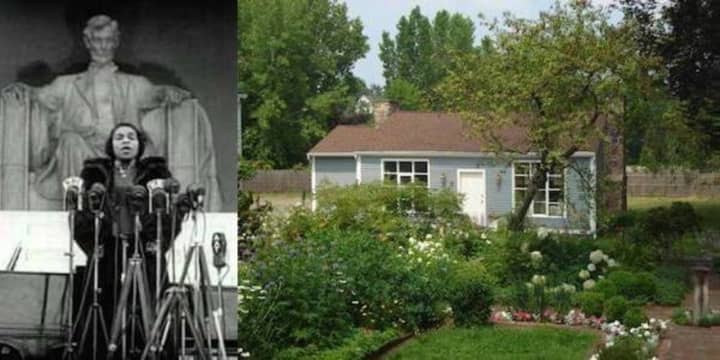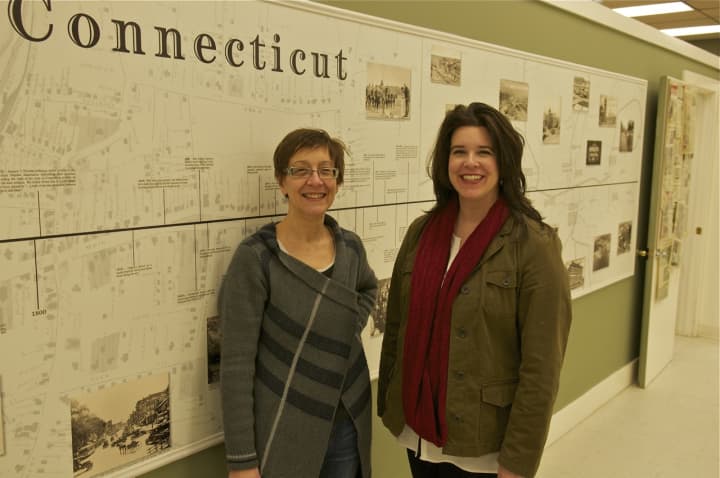"She is an American icon, and I hope her story becomes part of everyone's consciousness," Executive Director Brigid Geurtin told the Daily Voice on Thursday.
Born in Philadelphia in 1897, Anderson and her husband, Orpheus Fisher, moved to Danbury in 1940 after buying a 100-acre property there. They built a three-bedroom home on what they called Marianna Farm. Fisher died in 1986, but Anderson continued to reside at their Danbury home until 1992. She died in Oregon in 1993.
Danbury Mayor Mark Boughton joined in praising the decision to put Anderson on the new $5 bill, a move announced Wednesday by the Treasury Department.
“Danbury could not be more honored to see Marian Anderson nationally recognized for her accomplishments,” Boughton said. “Her story has influenced so many across the nation and we’re so proud that she was and always will be a Danburian.”
Anderson’s image will share space with Eleanor Roosevelt and Martin Luther King Jr. on the reverse side of the $5 bill, which will highlight historic events that have occurred at the Lincoln Memorial. The front of the new $5 will retain President Abraham Lincoln’s portrait. The final design is set to be released in 2020.
Born into poverty in a racially segregated country, Anderson rose to fame for her commanding operatic singing voice. She became a symbol of African-American civil rights after the Daughters of the American Revolution refused permission for Anderson to sing to an integrated audience in Constitution Hall in Washington, D.C., in 1939.
With the help of First Lady Eleanor Roosevelt and President Franklin D. Roosevelt, Anderson instead performed an open-air concert on Easter Sunday, April 9, 1939, on the steps of the Lincoln Memorial in Washington, D.C. The event was attended by a crowd of over 75,000 people.
Danbury remained home to Anderson for over five decades. Although an international star, in Danbury she became simply a neighbor and a friend to many, Guertin said.
"When she was home, she was Mrs. Fisher," Guertin said. "She was that wonderful woman who invited the Girl Scouts up to her pool every summer. She was that lovely woman with that amazing voice who called many people in Danbury her friend."
Anderson often lent her vocal talents to events in Danbury and was involved in the creation of the Danbury Music Center, Guertin said.
Although her former home has been developed, a part of her property lives on at The Danbury Museum & Historical Society. Her studio was moved to the museum's Main Street property and restored. The Marian Anderson Studio attracts thousands of visitors every year, Guertin said.
Guertin hopes that Anderson's honor will lead more people to discover her story and her important role in music and in the civil rights movement.
"Marian Anderson was a tremendous person, a wonderfully gifted artist," she said. "Her story is continuing and hopefully will inspire people for many years to come."
Click here to follow Daily Voice Danbury and receive free news updates.




